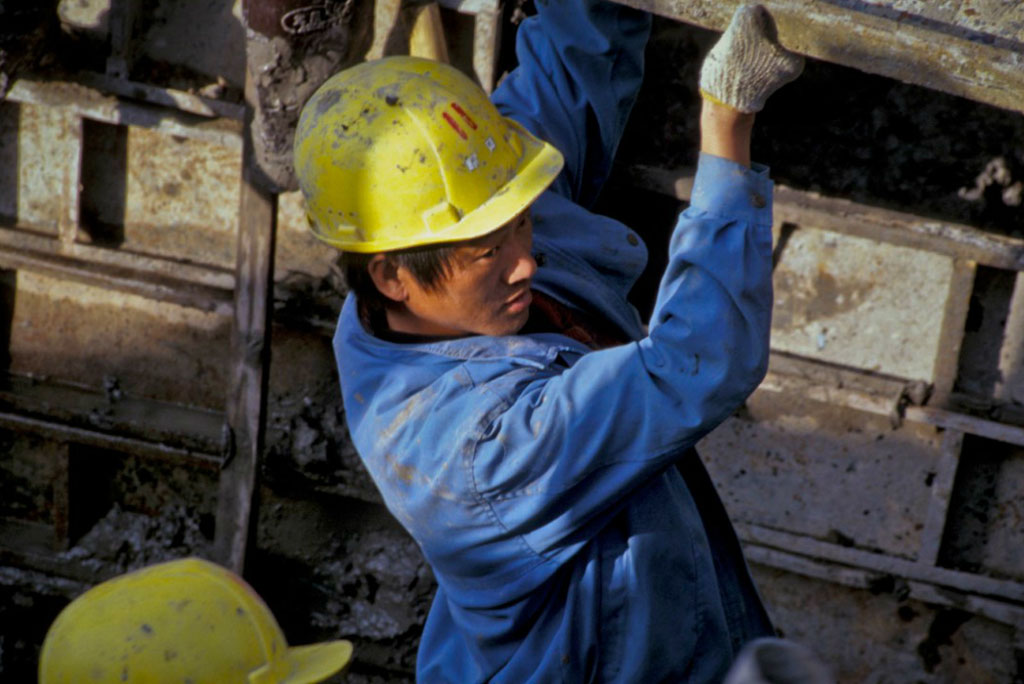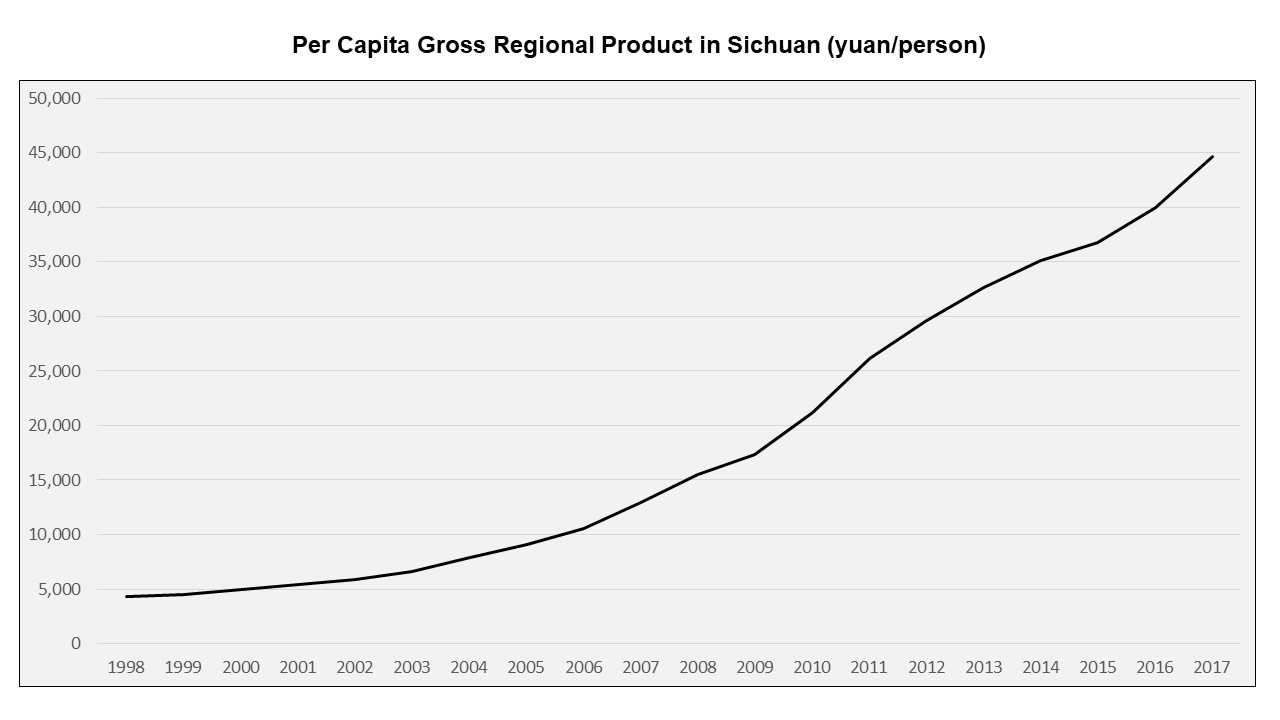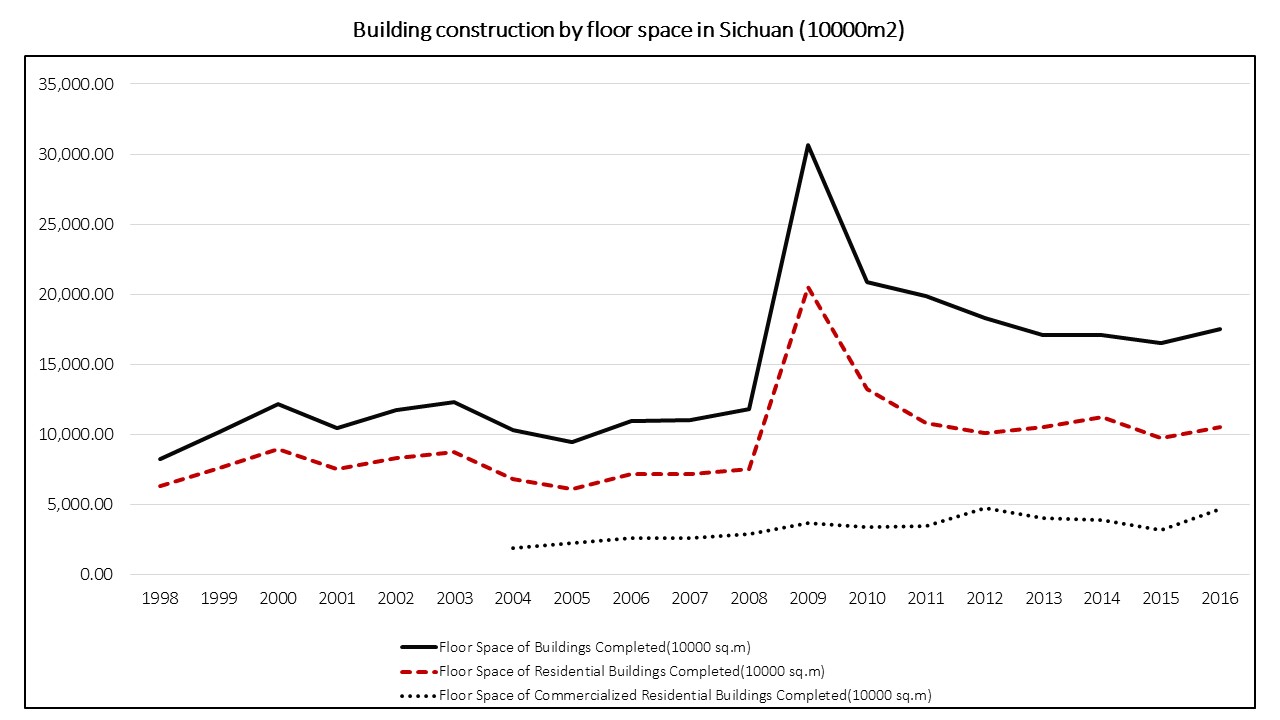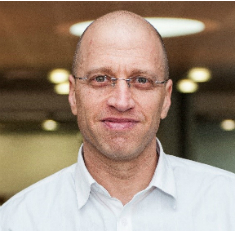East Asia Blog Series
In Wenchuan, They Really Did Build Back Better
Ilan Noy, Benno Ferrarini, and Donghyun Park 23 Aug 2019
‘Build back better’ is often easier said than done after a disaster, but one example from the People’s Republic of China shows that it can be done well.
Build back better refers to largely aspirational plans to achieve recovery from disasters that is not only complete but leads to improvements above and beyond the pre-disaster status quo. Build back better is often so vaguely defined that policymakers and analysts can declare their aspiration to build back better as fulfilled, even if the long-term outcome is less than successful. Indeed, the positive evidence for build back better is quite thin, but one notable success story is the Wenchuan earthquake recovery. As documented in our 2009 study, the key to the successful recovery was the massively generous and exceptionally speedy assistance of the People’s Republic of China central government and its unaffected provincial governments.
On May 12, 2008, a massive earthquake measuring 8.0 on the Richter scale struck the southwest area of the People’s Republic of China, followed by a large number of aftershocks. The epicenter was in Wenchuan County, 92 kilometers northwest of the Sichuan provincial capital of Chengdu. The disaster affected 10 provinces and cities, with Sichuan suffering by far most of the damage, including 99% of mortality and morbidity. The most severely affected areas in Sichuan were mountainous, mostly at 3,000 meters above sea level, and economically less-developed and impoverished. But some more developed urban regions such as Chengdu, Deyang and Mianyang were also hit. The earthquake left more than 87,000 people dead or missing, nearly 375,000 injured, and many more displaced.
The earthquake badly damaged or destroyed houses, property, rail transport, power supply, water and sanitation facilities, hospitals and clinics, roads, buildings, and communication networks throughout the affected region. The total reconstruction cost was estimated at RMB 1 trillion, nearly equal to the gross domestic product of Sichuan Province or 3.9% of the national GDP in 2007. The vast majority of households and businesses were not covered by insurance, as is typical for disasters in low- and middle-income countries.

In the People’s Republic of China, the central government took a lead role in rehabilitating Wenchuan after the 2008 earthquake.
In 2009, in response to the global economic crisis and the Wenchuan earthquake, the government passed a massive 4 trillion RMB stimulus package, of which 25% went to earthquake reconstruction. In addition, richer provinces were paired with disaster-affected counties under a fiscal solidarity scheme and were required to put aside 1% of provincial government revenues to assist in the reconstruction work in partner counties. Altogether, those funds far exceeded the ordinary budgets of the earthquake-damaged counties. In addition, by the end of September 2009, 79.7 billion RMB in social contributions had been mobilized from individuals and NGOs inside and outside of the People’s Republic of China.
As a result of massive reconstruction spending, per capita GDP in Sichuan province did not change noticeably during and after the 2008 earthquake except for a marginal reduction of growth in 2008, the year of the earthquake and also of the global financial crisis. A major driver of the quick macroeconomic rebound was the construction sector, which increased rapidly since 2008 and remains strong even years after the reconstruction boom of the immediate post-earthquake period.

Further analysis, using data from a survey conducted among 3,000 rural households ten months after the earthquake, finds that asset and income losses of households were substantial, especially in the hardest hit areas. However, government subsidies for affected households in 2008 were so large that mean income per capita was 17.5% higher in 2008 than in 2007, and the poverty rate actually plummeted from 34% to 19%! Analyzing detailed information on household income from various sources, the survey indeed concluded that households on average were better off after the earthquake.
The four basic criteria for assessing the effectiveness of any build back better effort are safety, speed, inclusiveness, and long-term economic potential. Evidence suggest that the Wenchuan earthquake recovery scores especially high on speed and inclusiveness, and most likely safeguarded the long-term economic potential of the earthquake area. Above all, Wenchuan highlights the indispensable role of a concerted and decisive government recovery effort backed by massive resources for successful build back better. Such generous resourcing, which is the exception rather than the norm, can empower communities to cope with and bounce back from even the most catastrophic disasters.
This article is based on the findings of the ADB report ‘Asian Development Outlook 2019: Strengthening Disaster Resilience.’
Authors

Ilan Noy
Professor of Economics, Victoria University of Wellington, New Zealand

Benno Ferrarini
Principal Economist, Economic Research and Regional Cooperation Department, ADB

Donghyun Park
Principal Economist, Economic Research and Regional Cooperation Department, ADB
This blog is reproduced from Asian Development Blog.


